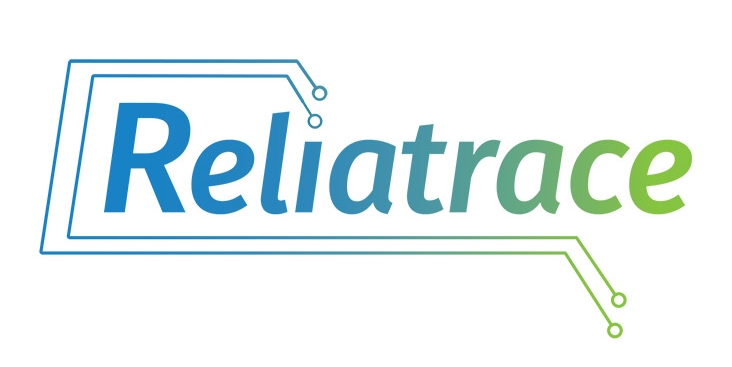Silver Migration
Silver migration is the ionic movement of silver between two adjacent traces, inevitably resulting in a temporary electrical short. This is a phenomenon seen in many types of products and industries, commonly occurring in printed electronics, microelectronics, components, PCB assemblies and membrane switches.
Silver is a very active metal and is thus highly susceptible to silver migration or dendrite growth. However, it is also a very cost effective metal for the electronics industry because of its conductivity and usability. With the reduction or elimination of lead in electronics, silver is a very attractive choice.
Silver Migration in Membrane Switches
While silver migration in membrane switches was a much more significant problem in the 1970's and 1980's, mainly due to inexperienced screen printers attempting to enter the membrane switch manufacturing industry, it still causes issues in printed electronics today. In the past, these graphic screen printers were able to screen print silver paste, but had little understanding of electronics, the printed electronics industry or how to create a reliable printed circuit.
Today, membrane switches operating in harsh environments where moisture and humidity are present are the most vulnerable. While membrane switch providers have made many advancements since the 1970’s and 1980’s, the majority of suppliers still produce single-sided circuitry, which is constructed with inherent points of weakness that invite unnecessary risk into your application, particularly in harsh environments. Cross-over, bridged or jumper connections are flaws that significantly increases the risk of silver migration — and ultimately circuitry failure — over time.
Causes of Silver Migration
Two factors are usually required to create silver migration in a circuit using silver as the conductor:
A voltage potential between two traces.
The presence of an electrolyte, such as moisture. The degree of contamination / lack of purity in the water can contribute to the rate and size of the migration pattern.
Ways to Reduce or Prevent Silver Migration
Some or all of the following solutions can be used to reduce or prevent the occurrence of silver migration:
Utilize Reliatrace®’s proprietary Double-Sided Polymer Circuitry (D/SPC®) to eliminate the need for cross-over, bridged or jumper connections. These are inherent points of weakness in single-sided printed electronics that increase the risk of silver migration. D/SPC technology doesn’t require a screen printed dielectric to separate traces, as silver is incapable of migrating through the polyester substrate.
Modify the silver composition with palladium or copper to reduce the tendency for silver migration, which is a cost vs. conductivity trade-off consideration. Some material suppliers claim to have developed a silver paste system that is not susceptible to silver migration, however, these materials often pose other problems, including issues with curing temperatures and mechanical properties.
If applied effectively, covering the silver traces with an inert, protective coating (i.e., carbon layer and/or an overcoat dielectric) can help prevent silver migration. Unfortunately, the nature of the process and materials can allow pinholes, which still provide avenues for silver migration to propagate. Proper material selection and process control can greatly reduce the chance of pinholes.
Increase the conductor spacing between traces that have a voltage potential, which will decrease the likelihood of silver migration. Reducing the voltage can also reduce the risk. With D/SPC technology, engineers are able to allow for wider space in between traces, thus reducing voltage potential.
Prevent moisture penetration, as it greatly reduces the risk of dendritic growth. Gasketing and sealing technology can stop the ambient penetration of moisture, however, elevated temperatures will make it necessary to utilize other methods to reduce migration.
There are several areas of a membrane switch that are more susceptible to water damage because they are collection points for moisture or allow moisture to easily penetrate. Terminations, fold areas and reduced adhesion present higher potential for failure.
Silver Migration Tests
There are a number of tests that are recommended for silver migration:
UL 796 specifies test conditions and methods. You can go to http://www.ul.com/pwb/silver.html for more detail on discussion of the UL task force to modify that document.
Another industry standard available for Silver Migration is IPC F1996-01. This document applies to a Standard Test Method for Silver Migration.
ASTM F1996-01 is also a test specific to testing for silver migration in membrane switches


